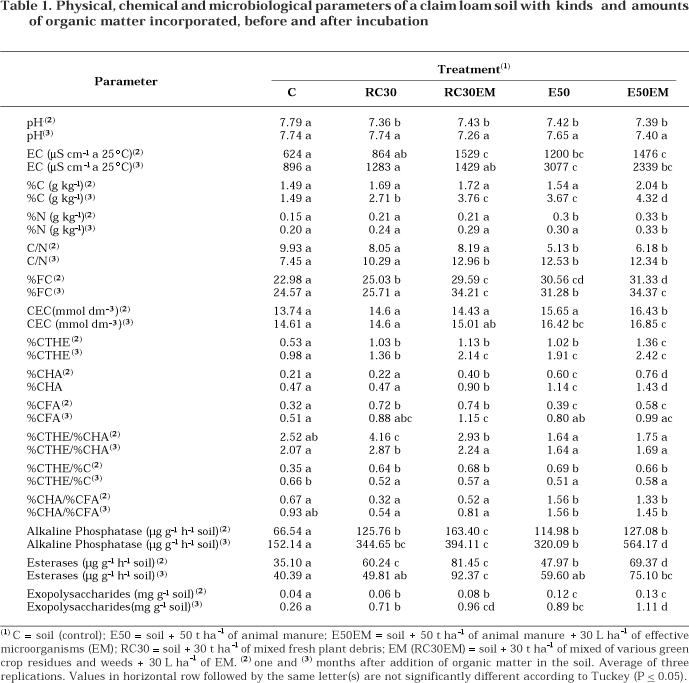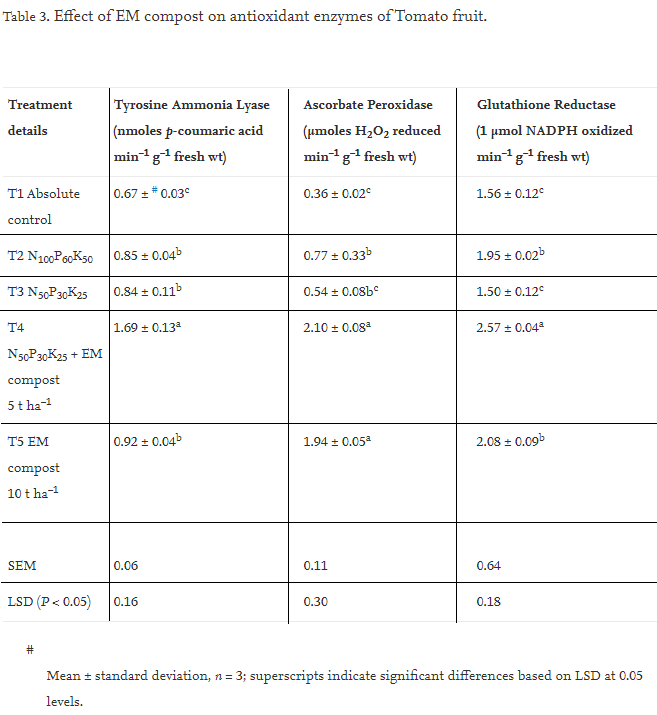Until more recently than most agricultural experts would like to admit, we thought of the soil as nothing more than a matrix to hold plants and minerals. But due to a few ground-breaking scientists, like EM founder Prof Dr Terou Higa, we have a better understanding of the bacteria and fungi that make up our microbiome, leading to breakthroughs in soil science.
These breakthroughs have shown us that beneficial microbes in the Rhizosphere play key roles in preventing soil erosion, conserving water and breaking down environmental pollutants. They also capture and store atmospheric carbon — which has the potential to help fight climate change.
A Greater Understanding
In addition to these crucial aspects which are central to our existence and well-being, we are starting to understand that the soil microbiome might have an even more direct effect on our health by communicating directly with our own cells, helping to regulate our emotions and immune response and by boosting the nutrient content of our food.
We are also starting to uncover more about the underground interactions that take place between soil microbes and the roots of plant. Plants secrete compounds to feed nearby microbes and, in exchange, the microbes enable plants to capture essential nutrients (such as nitrogen) and manufacture a series of chemicals called phytonutrients or antioxidants. These chemicals protect plants from pests and other stressors; they also give fruits and vegetables their colour, smell and distinctive flavour. Research shows that these same chemicals directly benefit us by stimulating our immune system, regulating our hormones, and slowing the growth of human cancer cells.
Effect of EM on these complex interactions
EM helps to stimulate diversity in the rhizosphere due to the fact that you are adding a diverse microbial inoculant containing bacteria, fungi and yeasts and will also stimulate resident microbes through the introduction of these microbes and secondary metabolites in the form of vitamins, organic acids, minerals and anti-oxidants and other bioactive compounds that promote diversity.
This trial shows how EM can stimulate a plants natural defense against pests. The EM cultures appeared to either suppress insect damage or heal fruit injuries caused by insects. The number of marketable fruit was considerably higher for these EM treatments than for the fertilised plots.

In this trial (Table 6 - below) published in the European Journal of Agronomy, they looked at long-term effective microorganism’s application to promote growth and increase the yield of rice. The N, P, K content of wheat stem, leaf, spike and grain were higher in the EM compost plot compared with in traditional compost plot. Similarly in other published trials, EM application significantly enhanced mungbean N, P, K concentration at the flowering stage in farmyard manure amendments (Javaid and Bajwa, 2011) and application of EM in combination with organic materials significantly increased the N, P and K contents of cotton (Khaliq et al., 2006).

In this trial (Table 1 – below), published in the Brazilian Soil Agronomy journal, the Properties of a clay loam soil enriched with organic matter and microorganisms were evaluated under controlled temperature and moisture conditions, over a period of three months. A significant increase was observed in the production of exopolysaccharides and basic phosphatase and esterase enzyme activities in the treatments E50EM and RC30EM, in correlation with the humification of organic matter, water retention at field capacity, and the cationic exchange capacity (CEC) of the same treatments. The conclusion was drawn that the incorporation of a mixture of effective microorganisms (EM) intensified the biological soil activity and improved physical and chemical soil properties, contributing to a quick humification of fresh organic matter. These findings were illustrated by the microbiological activities of exopolysaccharides and by alkaline phosphatase and esterase enzymes, which can be used as early and integrated soil health indicators.

Published in the Saudi Journal of Biological Sciences in 2015 (Table 3 – below) this field experiment with five treatments (control, chemical fertiliser and EM compost alone and in combination) was conducted in randomized block design. An increment of 31.83% in tomato yield was recorded with the combined use of EM compost and half recommended dose of chemical fertilizers. Similarly, fruit quality was improved in terms of lycopene content (35.52%), antioxidant activity (24–63%) and defence enzymes activity (11–54%), in tomatoes in this treatment as compared to the application of recommended dose of fertilizers. Soil microbiological parameters also exhibited an increase of 7–31% in the enzyme activities in this treatment. Significant correlation among fruit quality parameters with soil microbiological activities reveals the positive impact of EM compost which may be adopted as an eco-friendly strategy for production of high-quality edible products.

References
Source link













